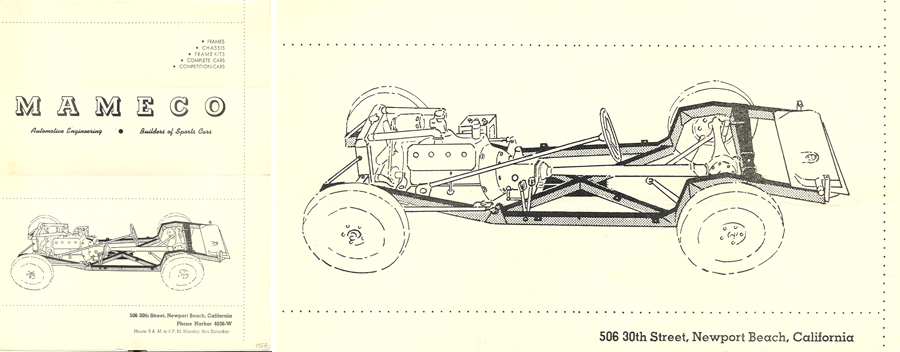
Hi Gang…
Steve Steers recently wrote me about chassis/frame design and his experience with these cars. Steve grew up in the 1950’s and watched his father build a Victress and Glasspar back in the day. Steve also recently finished restoration and completion of a 1950’s Victress S1A on a Mameco chassis. A stunning car that will debut at Amelia Island Concours d’ Elegance in March 2010 (more about that in a future story). Guy Dirkin was asking Steve for a bit more info on frames of this era, since Guy has been restoring his Victress S1A – the lost “Motor Trend Special” from 1954/1955. Here are Steve’s thoughts for your review:
Gents,
In one of the Victress brochures I have, this Z’d Ford frame mod is pictured (photograph of a completed unit) as a frame that could be ordered from Victress. In another, the Mameco (with photo) frame is offered. I would guess the modified Ford was the frame proposed to do it yourselfers or perhaps by the Victress Co. after it sold out to another company in 1953?
Z’ing a frame was the classic method to bring a hot rod rear end down low. My 29 highboy was done in 1958 exactly the way shown in the Hellings leaflet. It lowers the back end exactly the width of the frame at the Z point, probably 4”. It has the advantage of dropping the body down, but keeping the wheelbase the same. The disadvantage is that the rear, Z’d portion of the frame now will stick up into the trunk area of the body, requiring that you cut out the sides of the floor to where the frame comes through and then boxing over it, reducing the usable area of your trunk.
Rodders/builders had two options in the front end. First was to Z it as done in the back, accomplishing the kickup as shown and allowing the use of stock Ford axles and spring. The second was to use a dropped axle and leave the frame alone. When Pop built his cars, he always kicked up the frame. I think a suspension engineer would say that a frame kickup with stock Ford axle/spring geometry would handle better than a dropped axle.
The Mameco frame, while an interesting and somewhat rare piece, is not a particularly strong unit. Using 2X3” box throughout the length of a 100” wheelbase frame with an X member of the same size did not result in a particularly strong unit. They flex quite a bit and if hit in the rear, would break right at the kickup. Look at the picture of it in the brochure and you can see why. The Ford unit, boxed where the Z occurs and with Ford’s larger X-member, is a much stronger, less flexible unit.
Steve
I’ve posted the brochures below and added captions so that you can review and comment. Victress supplied frames as needed to around 1954 when Mameco (Ted Mangles and Ed Martindale) came along with their company. Once you review the information above, be sure to post your thoughts and reactions in the Fiberglass Forums by clicking on the link below.
Geoff
——————————————————————–
Click on the Images Below to View Larger Pictures
- Hellings Brochure Page 1
- Hellings Brochure Page 2
- Mameco Brochure Page 1
- Mameco Brochure Page 2
- Victress Catalog – Cover
- Victress Catalog – Chassis Page
- 1955 Victress Catalog – Cover
- 1955 Victress Catalog – Chassis

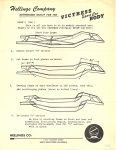
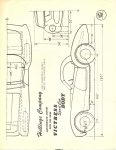
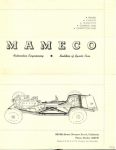
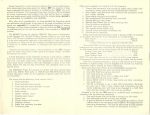




This site is protected by reCAPTCHA and the Google Privacy Policy and Terms of Service apply.